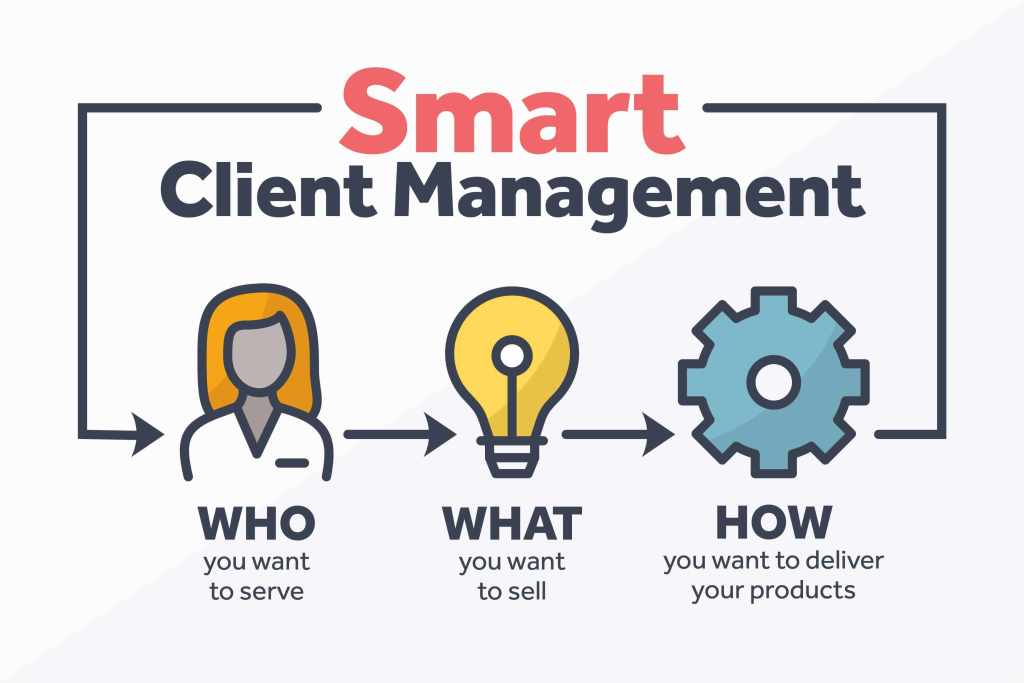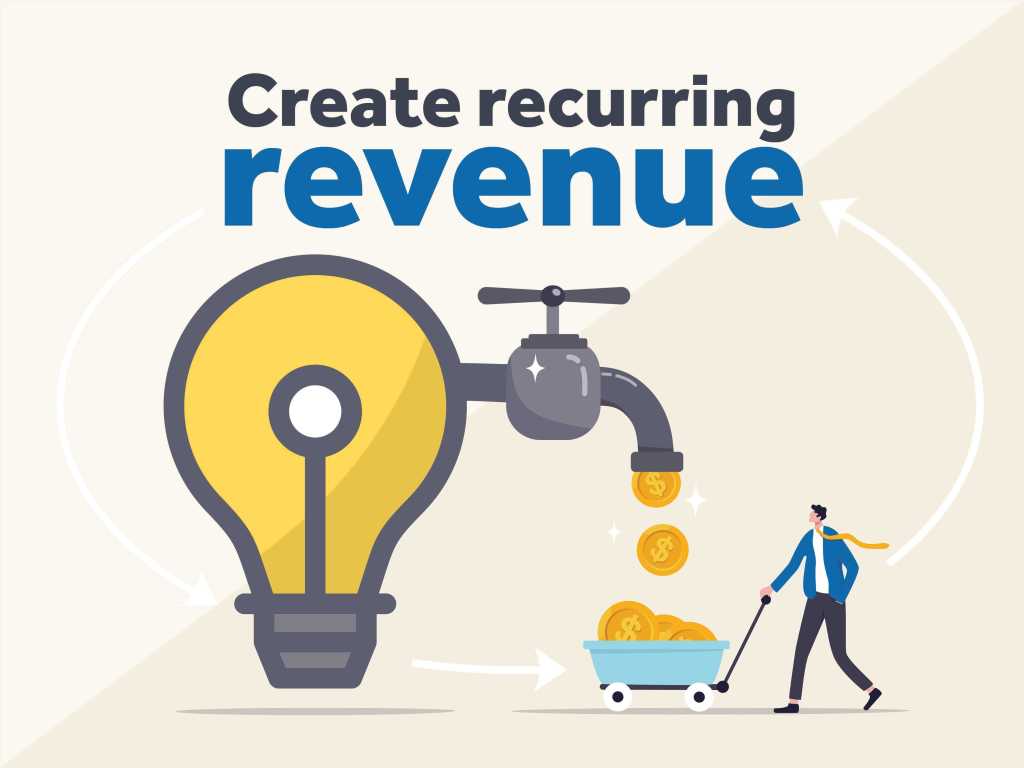Take a moment to think about your firm. Ask yourself how things are going. Is tax season overwhelming, but the rest of the year is slow-moving? Is your staff constantly burned out, or worse—leaving your firm? Are you still taking on any and every type of client imaginable?
If you answered “yes” to any of those questions, you’re doing yourself, your firm, your staff and your clients a disservice. Why? Because you’re working with a traditional—and outdated—business model!
Although the traditional model has existed for years, it’s not working to anyone’s benefit now. (And experience has shown us here at Rootworks that most, if not all, practitioners would agree with me.)
That’s why it’s time to change the game.
How? With Smart Client Management. Three little words that—if implemented correctly—will take your firm from overwhelmed, overworked and drowning in an unwieldy client base to a whole new firm. A thriving firm, with ideal clients, the right services, consistent year-round revenue and an incredible work culture with happy and fulfilled staff.
So, let’s get into Smart Client Management and how you can implement it.
Develop your business strategy

Before you can start implementing Smart Client Management, you must first think about your business strategy. And that means defining (or redefining) your business model. A modern business model focuses on three key areas:
- WHO you want to serve. Think about your ideal clients—the ones you want to serve and are good at serving. (Spoiler alert: This doesn’t include just anyone who walks in the door.)
- WHAT you want to sell. Figure out which services you’re great at providing and whether you have the staff to support those services. Develop these into “off-the-shelf” products that are repeatable across all clients.
- HOW you want to deliver your products. Consider the technologies you need to offer services that are as friction-free as possible. Create your tech stack and ensure your staff and clients are on board. (Hint: The clients who aren’t on board need to go—they’re not ideal.)
Once you’ve defined your WHO, WHAT and HOW, it’s time to begin strategic planning so you can start practicing Smart Client Management. And that’s going to lean heavily on your tech stack.
Implement your accounting firm tech stack
Gone are the days of running your firm reliant on paper everything (e.g., folders, files, engagement letters…to name a few). If you’re still running your firm this way—well, stop. You’re doing your firm, your staff and your clients an injustice. How can you work efficiently if you’re sifting through papers all the time? Not to mention, where’s the security in that? Nonexistent.
That’s why your tech stack is so important—not only for efficiency and security, but because it’s going to streamline your business, fuel productivity firm-wide, and improve collaboration and communication with your clients.
Outside of the core applications your firm uses, such as accounting software (e.g., QuickBooks®, Xero) and team-oriented work tools (e.g., O365, Google Suite), it’s also important to consider building a tech stack that includes:
- A dynamic, educational, mobile-friendly and educational website.
- Team (and client) collaboration tools, such as Slack or Microsoft Teams, Zoom, and Calendly.
- Cloud storage for non-transactional financial information that is secure and easily accessible by your team.
- Proposal creation and digital signature apps to streamline the proposal process and sync client data easily with your Customer Relationship Management (CRM) system.
- Integrated apps to support your automated and streamlined environment when it comes to payroll, accounts payable and receivable, receipt management, and expense reimbursement.
- Real-time reporting to gain insights into your business and offer real-time key insights to your clients.
Not only will the right tech stack relieve the pain points of an all-paper office, but it will also balance the workload for your team. They’ll spend less time pushing papers, and more time where it matters most: advising your ideal clients.
Create recurring revenue

I mentioned that the right tech stack will balance the workload for your team. How? Because you have the opportunity to use tools like Rootworks Insights to define your ideal clients, your ideal services (those that both perform well and that you enjoy providing), and the ideal tools to provide those services. Those three factors add up to one thing: recurring revenue.
At its core, Smart Client Management is about maximizing revenue per client. Instead of relying on tax season revenue alone, start providing services you can offer year-round, such as payroll, retirement plan advisory and cash flow advisory (just to name a few), and then identify the clients you already have who will benefit from these services. While you can always go out and look for new clients, spend your time being proactive and upselling and cross-selling to clients who need your services.
Practice getting smarter
Start practicing Smart Client Management by analyzing your existing client data to determine ideal clients and identify upselling and cross-selling opportunities, dedicate a champion to consistently review and explore new opportunities, and lean into technology and modern thinking to bolster your firm’s efficiencies and increase time savings.
Ensure your firm’s year-round success for the long term with Smart Client Management.
For more information on getting started with Rootworks Insights—the engine that powers Smart Client Management—check out our website here.

